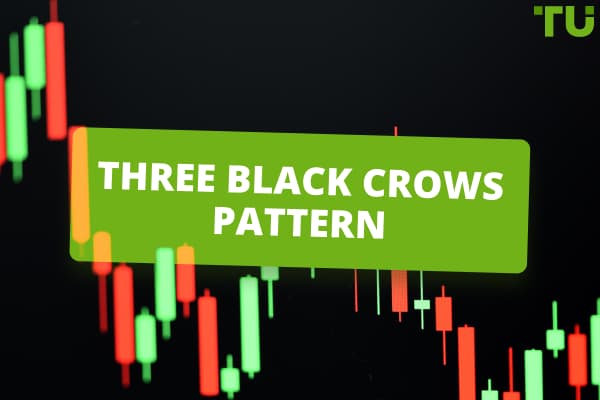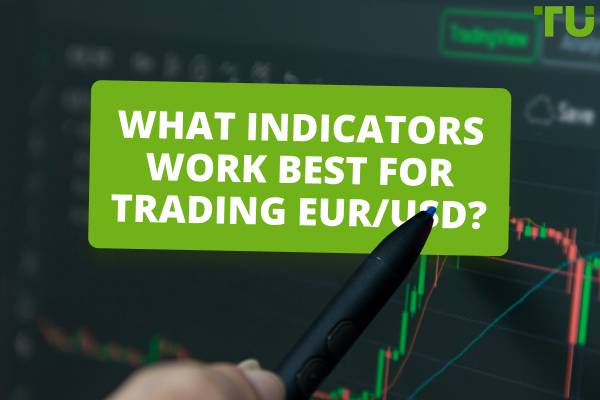Where Oil is traded
WTI, Brent, and heating oil are all important commodities in the oil trading industry.
1. West Texas Intermediate (WTI)
Location: WTI is a light crude oil primarily produced in the United States, specifically in the Permian Basin of West Texas.
WTI is a benchmark for oil prices in North America. The futures contracts that are traded on the New York Mercantile Exchange (NYMEX) for WTI crude oil are widely used to track and speculate on the price of U.S. oil.
2. Brent Crude
Location: Brent crude oil is extracted from several oil fields located in the North Sea, off the coast of Europe. These fields include Brent, Forties, Oseberg, and Ekofisk (the "BFOE" complex).
Brent is a crucial international benchmark for oil prices. Futures contracts for Brent crude are traded on the Intercontinental Exchange (ICE).
Here's a guide to know more about how to trade crude oil on the exchange.
3. Heating Oil
Heating oil, or No. 2 heating oil, is a refined product derived from crude oil. It is used mainly for heating homes and commercial buildings and in diesel engines for vehicles and equipment.
Trading: Heating oil futures contracts are traded on various commodity exchanges, including NYMEX. These contracts enable market participants to hedge against price fluctuations in heating oil.
Heating oil experiences seasonal demand, with higher consumption during the colder months when used for heating purposes.












